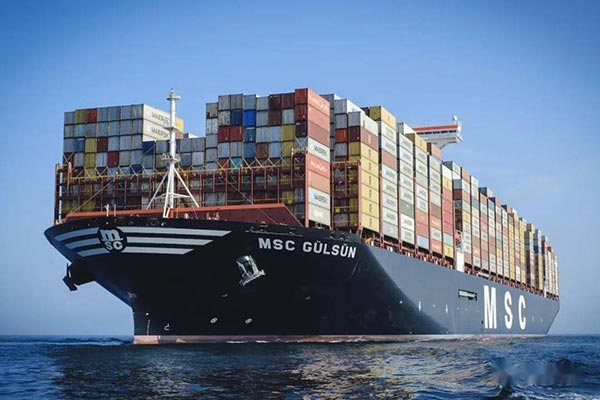
I. Why Choose an Agent食品を輸出する」?
Against the backdrop of continuously escalating global food-trade compliance requirements in 2025, the agency model offers three core advantages:
- Lowered qualification threshold: Avoid the heavy-asset commitment of building your own export filing and HACCP certification, which takes 6–12 months
- Improved customs clearance efficiency: A professional agency can compress the FDA registration timeline to 45 working days—30% faster than self-handling.
- Risk transfer mechanism: The new EU regulation on food contact materials (EU) 2025/124, effective in 2025—compliance solutions available through agency partners
2. What essential qualifications are required for acting as an agent in exporting food products?
According to the Measures for the Administration of Import and Export Food newly issued by the General Administration of Customs of China in 2025, both the principal and the agent must jointly meet:
- Basic Qualifications
- Food Operation License (Production/Distribution)
- Certificate of Registration for Export Food Production Enterprises
- Specialized Certification
- Target market access certifications (e.g., U.S. FDA, EU FVO)
- Category-specific certifications (e.g., HALAL certification for halal food)
3. How to Choose a Reliable Foreign Trade Agency?
It is recommended to screen partners through a three-dimensional evaluation system:
- Industry Experience Dimension
- ≥50 food export cases
- Target market customs clearance success rate >98%
- Compliance Capability Dimension
- Hold AEO Advanced Certification
- Equipped with a professional food testing laboratory
- Service Network Dimension
- Destination port services overseas cover ≥20 countries
- Has documented emergency-response cases for handling FDA holds
4. What is the complete process for exporting food products through an agent?
The typical export agency process in 2025 comprises six key stages:
- Sign a tripartite agreement (principal, agent, and overseas buyer)
- Complete product compliance modifications (including labels, ingredients, packaging, etc.)
- Implement pre-export verification inspection (sampling rate reduced by 5% compared to 2024)
- Smart Classification for Declarations (Applying the AI-Based Customs HS Code Recognition System)
- Conduct a destination inspection rehearsal (simulating the FDA and EU-FVO inspection procedures)
- Complete foreign exchange collection and tax rebate (2025輸出稅還付Average processing time shortened to 7 business days)
V. What are the major policy changes for food exports in 2025?
Three policy adjustments that deserve special attention this year:
- New FDA Regulations: Ready-to-eat foods must add allergen testing items (effective July 2025)
- EU Nutrition Label: Mandatory Front-of-Pack Nutrition Labeling (effective January 2025)
- China Customs Supervision: Blockchain traceability system to be launched for 18 categories of food (pilot program starting March 2025)
VI. How to Effectively Control the Risks of Export Agency?
It is recommended to establish a three-tier risk prevention and control mechanism:
- Quality Control Layer
- Require the agent to provide the batch inspection report
- Purchase product liability insurance (recommended coverage ≥ USD 5 million)
- Contractual Constraint Layer
- Clearly define the quality dispute resolution clause
- Agreed Standards for Compensation Due to Customs Clearance Delays
- Process Monitoring Layer
- Use the logistics tracking system provided by the agent
- Obtain customs clearance status reports on a regular basis


 カスタマーサービスWeChatをフォローしてください
カスタマーサービスWeChatをフォローしてください